What You Need to Know After Being Diagnosed with Breast Cancer
What You Need to Know After Being Diagnosed with Breast Cancer
When I was diagnosed with breast cancer, my mind went bland and I was in shock. I thought, did I really hear cancer? I was numb. I didn’t know what to ask. I wasn’t even anticipating it was possible! My mind went to – what do I do next? I want that lump out! But let me tell you, there are so many things and details involved in what type of cancer you have, before you can even talk about what to do next after being diagnosed with breast cancer.
There is so much to know it is overwhelming! So we will take small bites and learn today about Tumor Staging, Tumor Grade, Tumor Characteristics, Tumor Hormone Receptivity and Types of Breast Cancer in this blog post.
Check out my first blog post on how I was diagnosed, what types of screening I had before I got to this point where I had my yearly mammogram.
Although I had thermography done just 2 weeks prior to my yearly mammogram, I was not happy with relying on a negative report for my thermography. So I had my yearly mammogram which was negative and it showed nothing, just as I had thought it would. Then I had a screening ultrasound of my breast because I had a dimple on my breast. From that ultrasound screening, the pathologist came in and said we will need to have a biopsy of the dimple area because from the films it looks like you could have “something” in your breast that we cannot label from this ultrasound.
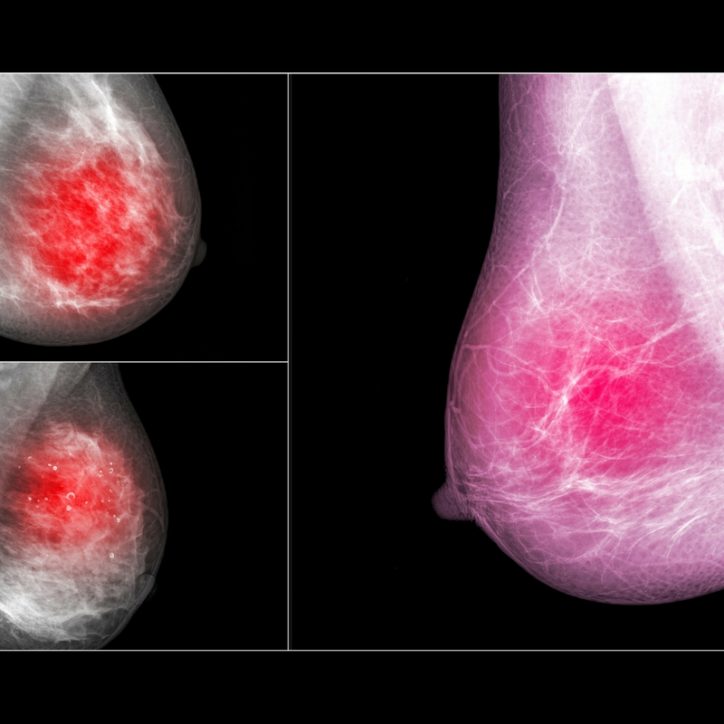
After the ultrasound, my pathologist set up my breast biopsy for the next day. I did not have a mass or lump – the ultrasound just showed something worrisome to the pathologist. At this point I did not know what was in my breast but I highly worried about being diagnosed with breast cancer because I have many family members with it.
Tumor Staging for Breast Cancer
Let’s take a look at what staging cancer is. Knowing your stage will have a significant impact on which treatment is suitable for you.
I received the pathology report a few days after the biopsy and was told I had invasive lobular breast cancer. Now what did that actually mean for my treatment? This is where “staging” begins.
Staging is a set of guidelines and tests used to help determine where the cancer is, how far it has advanced, and where in the body it might potentially have spread (known as metastatic breast cancer).
The staging is done through physical examination, and pathology in the lab, when tissue samples are examined to determine if there is cancer, what types of cells are involved, and so on. An MRI of my breast was also used as diagnostic tool for staging to see if my lymph nodes or other areas of my breast were involved. You can see more here about staging.
My Stage is IIA T2N0 What exactly does that gibberish mean and how is it used for treatment?
Cancer stage is based on four characteristics the size of the cancer, whether it is invasive or non invasive, whether it is in the nodes and whether the cancer has spread to other parts of the body beyond the breast.
My breast cancer is lobular breast cancer and does NOT form a lump or tumor! It grows in a spider web fashion and can be very difficult to diagnose. Please please do breast self exams! And although I did not feel a lump I did see a dimple that didn’t go away after 2 months. That was my saving grace on catching this cancer EARLY!! Don’t be afraid to look at and touch your breasts!

The Stages of breast cancer are listed below:
- Stage 0 – Stage 0 is used to describe non-invasive breast cancers, such as DCIS (ductal carcinoma in situ). In stage 0, there is no evidence of cancer cells or non-cancerous abnormal cells breaking out of the part of the breast in which they started, or getting through to or invading neighboring normal tissue
- Stage I – Stage I describes invasive breast cancer and is divided in 2 Stages A & B
- Stage 1A: the tumor measures up to 2 centimeters AND
- the cancer has not spread outside the breast; no lymph nodes are involved
- Stage 1B: there is no tumor in the breast; instead, small groups of cancer cells – larger than 0.2 millimeter but not larger than 2 millimeters – are found in the lymph nodes OR
- there is a tumor in the breast that is no larger than 2 centimeters, and there are small groups of cancer cells – larger than 0.2 millimeter but not larger than 2 millimeters – in the lymph nodes
- Stage II – Stage II is describes invasive breast cancer and is divided into subcategories known as IIA and IIB
- Stage IIA: no tumor can be found in the breast, but cancer (larger than 2 millimeters) is found in 1 to 3 axillary lymph nodes (the lymph nodes under the arm) or in the lymph nodes near the breast bone (found during a sentinel node biopsy) OR
- the tumor measures 2 centimeters or smaller and has spread to the axillary lymph nodes OR
- the tumor is larger than 2 centimeters but not larger than 5 centimeters and has not spread to the axillary lymph nodes
- Stage IIB: the tumor is larger than 2 centimeters but no larger than 5 centimeters; small groups of breast cancer cells — larger than 0.2 millimeter but not larger than 2 millimeters — are found in the lymph nodes OR
- the tumor is larger than 2 centimeters but no larger than 5 centimeters; cancer has spread to 1 to 3 axillary lymph nodes or to lymph nodes near the breastbone (found during a sentinel node biopsy) OR
- the tumor is larger than 5 centimeters but has not spread to the axillary lymph nodes
- Stage III – describes invasive breast cancer that is divided into subcategories known as IIIA, IIIB, and IIIC.
- Stage IIIA: no tumor is found in the breast or the tumor may be any size; cancer is found in 4 to 9 axillary lymph nodes or in the lymph nodes near the breastbone (found during imaging tests or a physical exam) OR
- the tumor is larger than 5 centimeters; small groups of breast cancer cells (larger than 0.2 millimeter but not larger than 2 millimeters) are found in the lymph nodes OR
- the tumor is larger than 5 centimeters; cancer has spread to 1 to 3 axillary lymph nodes or to the lymph nodes near the breastbone (found during a sentinel lymph node biopsy)
- Stage IIIB: the tumor may be any size and has spread to the chest wall and/or skin of the breast and caused swelling or an ulcer AND
- may have spread to up to 9 axillary lymph nodes OR
- may have spread to lymph nodes near the breastbone Inflammatory breast cancer is considered at least stage IIIB. Typical features of inflammatory breast cancer include:
- reddening of a large portion of the breast skin
- the breast feels warm and may be swollen
- cancer cells have spread to the lymph nodes and may be found in the skin
- Stage IIIC: there may be no sign of cancer in the breast or, if there is a tumor, it may be any size and may have spread to the chest wall and/or the skin of the breast AND
- the cancer has spread to 10 or more axillary lymph nodes OR
- the cancer has spread to lymph nodes above or below the collarbone OR
- the cancer has spread to axillary lymph nodes or to lymph nodes near the breastbone
- Stage IV: describes invasive breast cancer that has spread beyond the breast and nearby lymph nodes to other organs of the body, such as the lungs, distant lymph nodes, skin, bones, liver, or brain.
You may hear the words “advanced” and “metastatic” used to describe stage IV breast cancer. Cancer may be stage IV at first diagnosis or it can be a recurrence of a previous breast cancer that has spread to other parts of the body.
Tumor Grading
Tumor grading is a “score” that tells you how different the cancer cells’ appearance and growth patterns are from those of normal, healthy breast cells. It tells whether they are more aggressive. Your pathology report will grade the cancer on a scale from 1 to 3:
- Grade 1 or low grade (sometimes also called well differentiated): Grade 1 cancer cells look a little bit different from normal cells, and they grow in slow, well-organized patterns. Not that many cells are dividing to make new cancer cells.
- Grade 2 or intermediate/moderate grade (moderately differentiated): Grade 2 cancer cells do not look like normal cells and are growing and dividing a little faster than normal.
- Grade 3 or high grade (poorly differentiated): Grade 3 cells look very different from normal cells. They grow quickly in disorganized, irregular patterns, with many dividing to make new cancer cells.
Tumor Grade is not your Stage! Do not confuse the two.
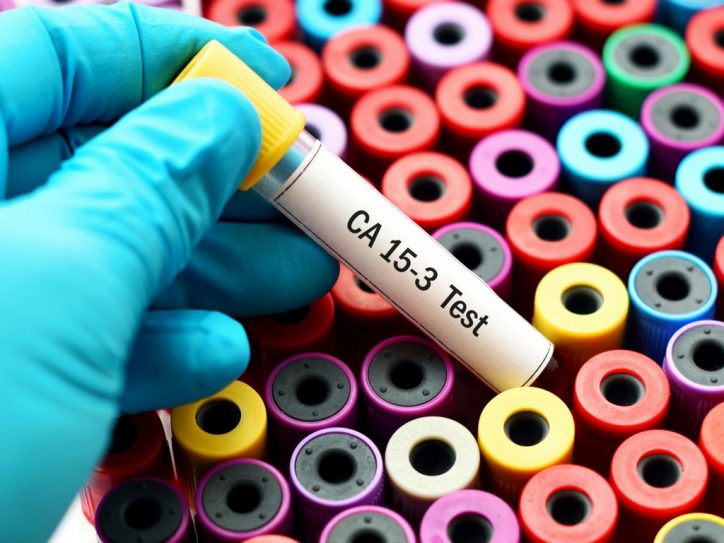
Tumor Characteristics
My Breast Cancer is Lobular Invasive Breast Cancer IIA T2N0
All the information to the right of the Staging (IIA) refers to tumor characteristics and adds needed information for treatment recommendation.
T refers to tumor. The numbers related to the tumor refer to its size, such as T1 being smaller than 1 millimeter. T4 would be the largest tumors, and ones that have spread to surrounding tissue.
Tis refers to the tumor being ‘in situ’, small and not likely to have spread to surrounding tissue.
N refers to lymph node involvement During a breast biopsy your surgeon will take lymph nodes and have them checked if the cancer has spread there. They may take just the main or sentinel node or multipe nodes. N 1 through 3 refers to the nodes typically affected by a spread of cancer.
M refers to metastasis, the cancer spreading beyond the breast and the lymph nodes to other parts of the body, such as bone, liver or brain. Cancer cells can travel through the blood stream and take hold in other areas far away from the tumor in the breast. If it has spread, the cancer is immediately considered to be a Stage IV, the most serious form of cancer, but still treatable.
You can get more information here on staging.
Tumor Hormone Receptive Status
Testing for hormone receptors is important because the results help you and your doctor decide whether the cancer is likely to respond to hormonal therapy or other treatments. Hormonal therapy includes medications that either (1) lower the amount of estrogen in your body or (2) block estrogen from supporting the growth and function of breast cells. If the breast cancer cells have hormone receptors, then these medications could help to slow or even stop their growth. If the cancer is hormone-receptor-negative (no receptors are present), then hormonal therapy is unlikely to work. Having positive Estrogen ER+ and Progesterone + status is considered good with a better prognosis.
Here are types of hormone receptive status:
-
Hormone receptor positive breast cancer for estrogen ER+
-
Hormone receptor positive breast cancer for progesterone PR+ • HER-2-
-
Hormone receptor positive breast cancer ER+ and PR+
-
HER2-positive breast cancer (HER-2+)
-
Triple negative breast cancer
For myself, my mother, aunt, niece and 2 cousins all maternal had or have breast cancer. My doctor has ordered genetic testing for me in addition to my treatments.
Again I say to everyone, Please do Breast SELF exams! Don’t be afraid to touch your breasts. You could save your life.
The tests your doctor recommends are to get as full a picture as possible of what is going on so they can give you the best chances of a good prognosis (outcome). But of course, it is your body, so it is your decision. Being as well- informed as possible can help you make the right decision for you personally, to maintain life, and also quality of life.
Types of Breast Cancer:
Not to scare you, but I had NO idea there were this many TYPES of Breast Cancer. Breast cancer can begin in different areas of the breast — the ducts, the lobules, or in some cases, the tissue in between. Click on the link to learn more about the type of Breast Cancer listed below:
-
DCIS — Ductal Carcinoma In Situ
-
IDC — Invasive Ductal Carcinoma
-
IDC Type: Tubular Carcinoma of the Breast
-
IDC Type: Medullary Carcinoma of the Breast
-
IDC Type: Mucinous Carcinoma of the Breast
-
IDC Type: Papillary Carcinoma of the Breast
-
IDC Type: Cribriform Carcinoma of the Breast
-
ILC — Invasive Lobular Carcinoma
-
Inflammatory Breast Cancer
-
LCIS — Lobular Carcinoma In Situ
-
Male Breast Cancer
-
Molecular Subtypes of Breast Cancer
-
Paget’s Disease of the Nipple
-
Phyllodes Tumors of the Breast
-
Recurrent & Metastatic Breast Cancer
After your diagnosis of breast cancer, you will gather your Cancer type, stage, grade, tumor characteristics and hormone status; THEN you can begin to plan your treatment. Some may need chemotherapy to shrink their tumor even before surgery!!
WE will be looking at the treatment options available, Radiotherapy, Chemotherapy, Hormone therapy, Targeted therapies and/or Complimentary and alternative. We will also look at important considerations related to each in the following posts to come.
For our next post we will look at types of breast surgery.
Visited 13 times, 1 visit(s) today

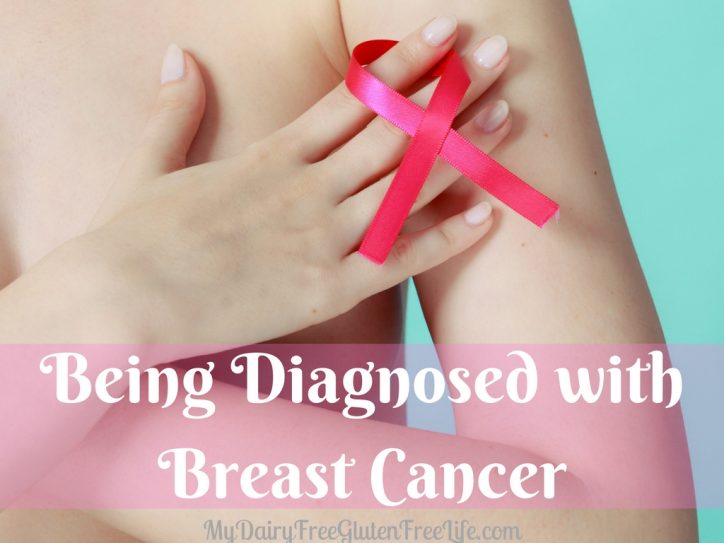





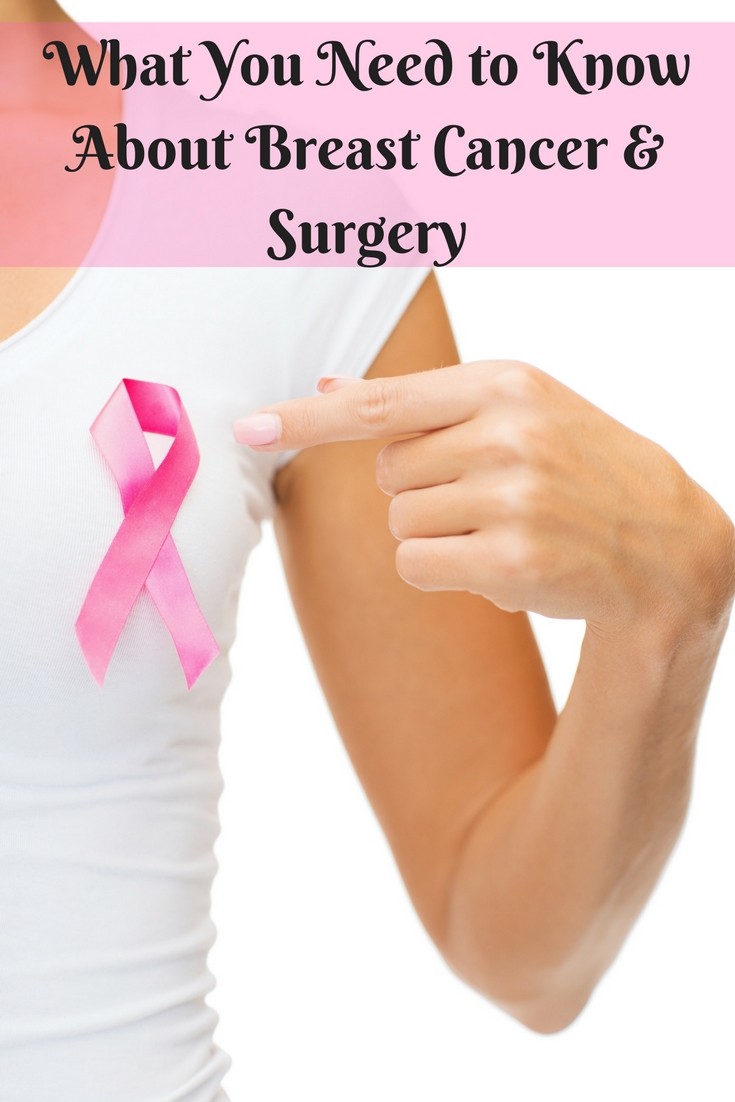
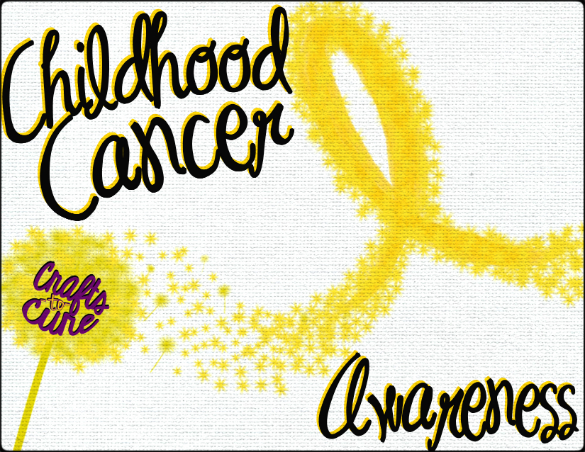
One Comment